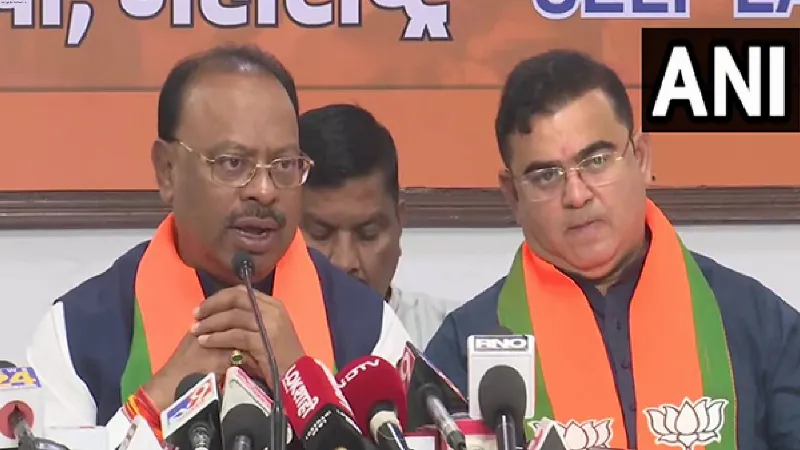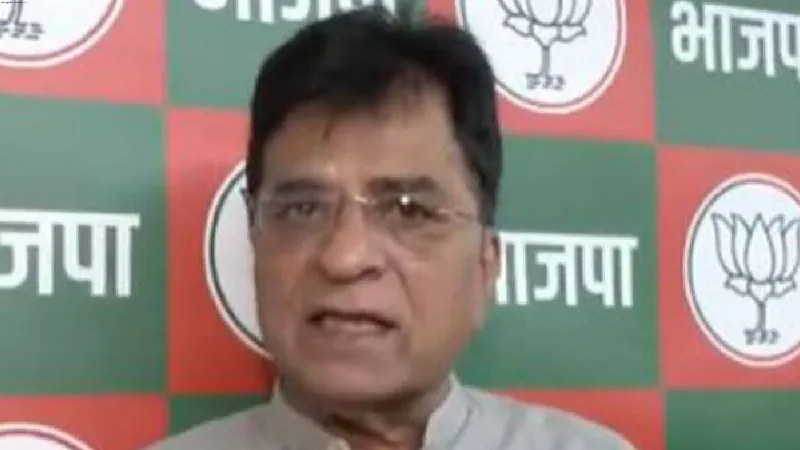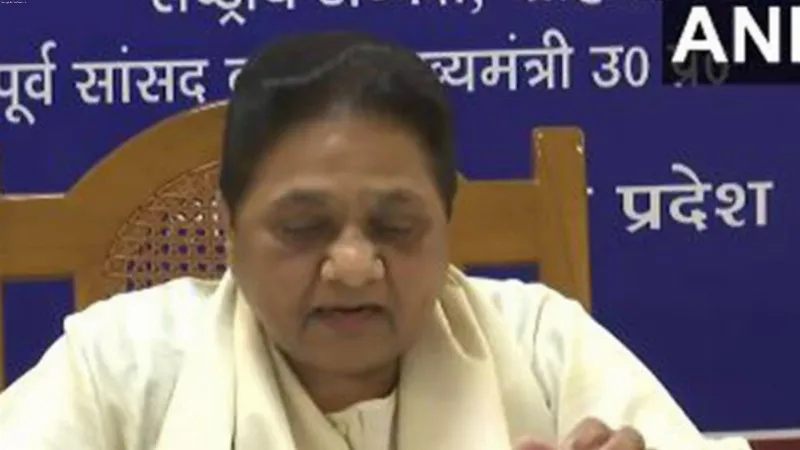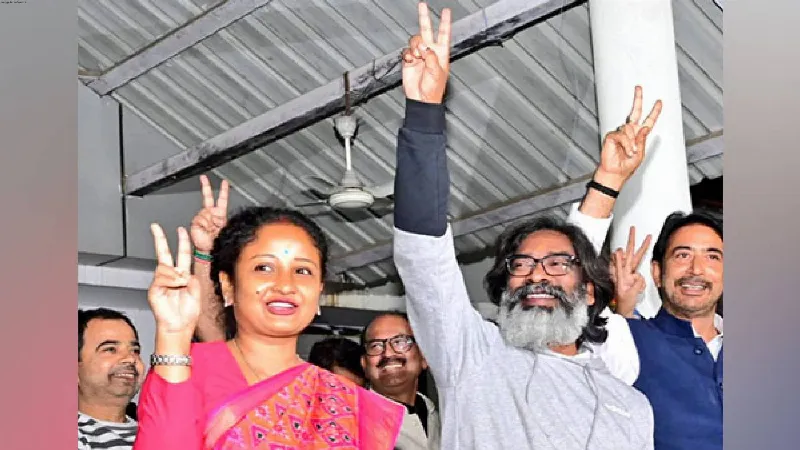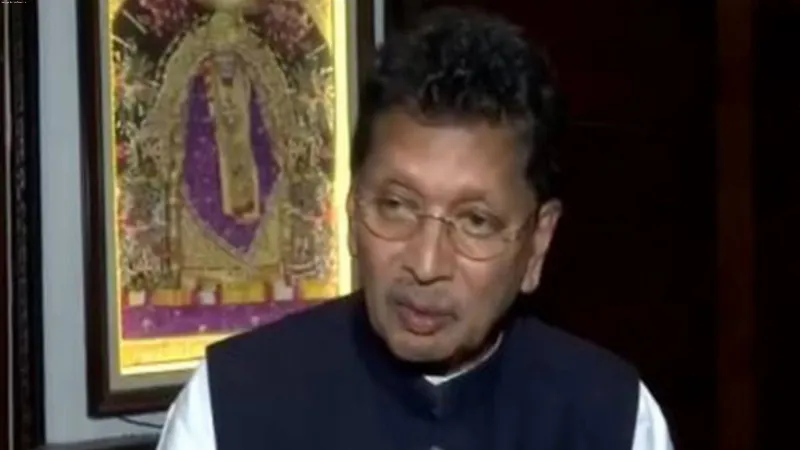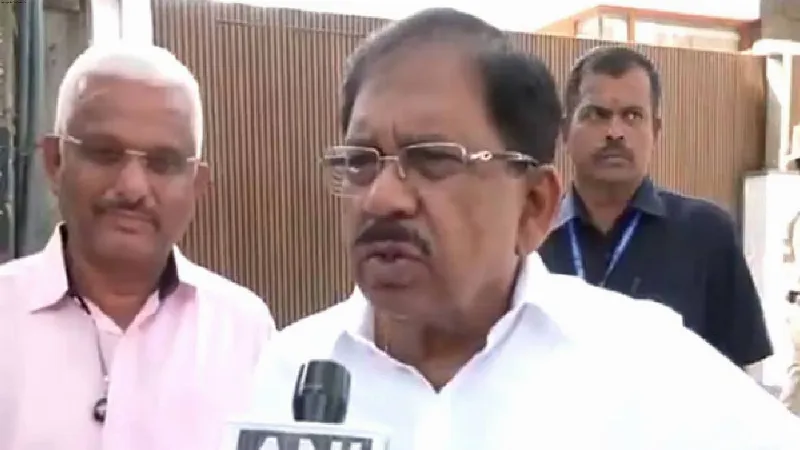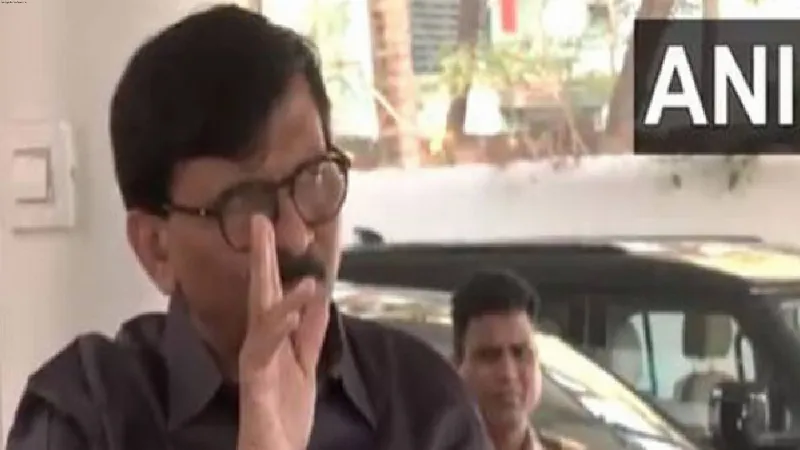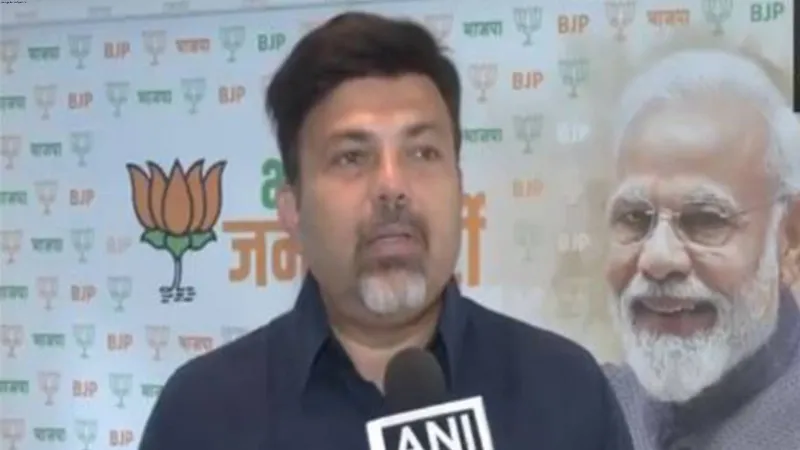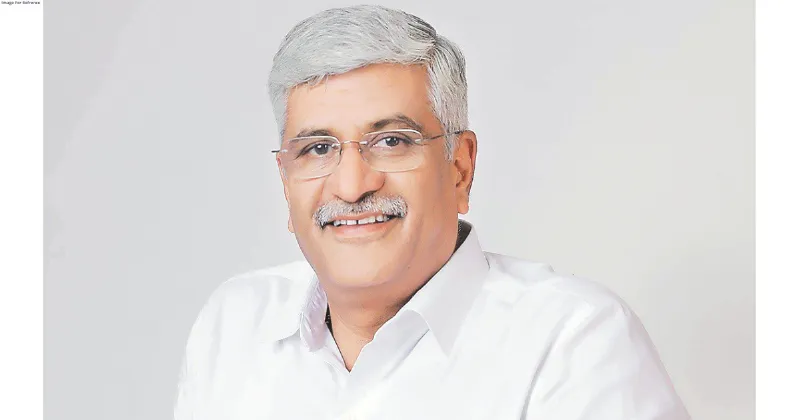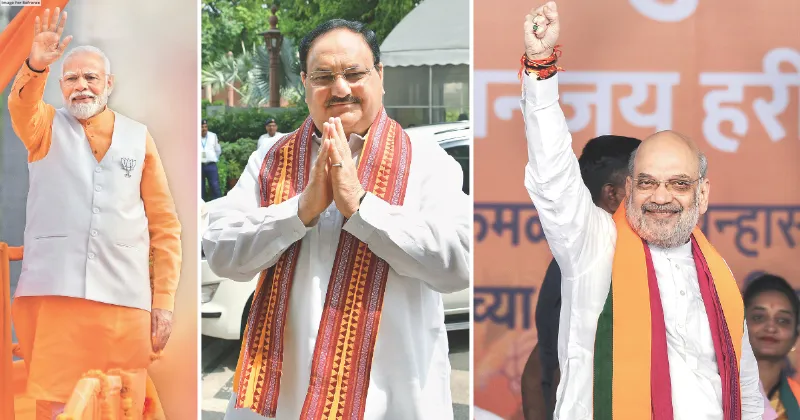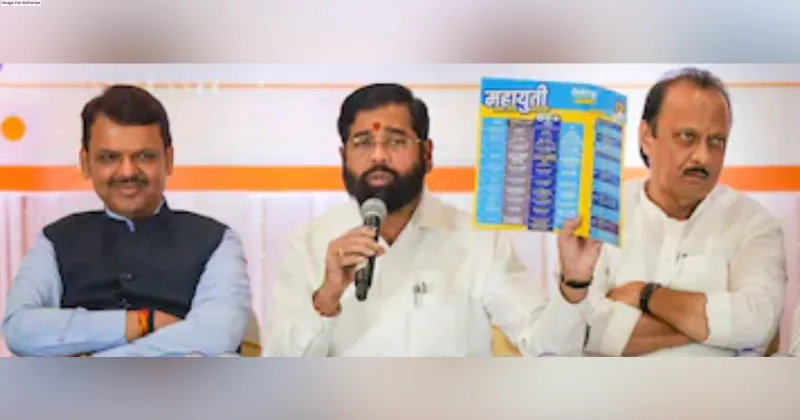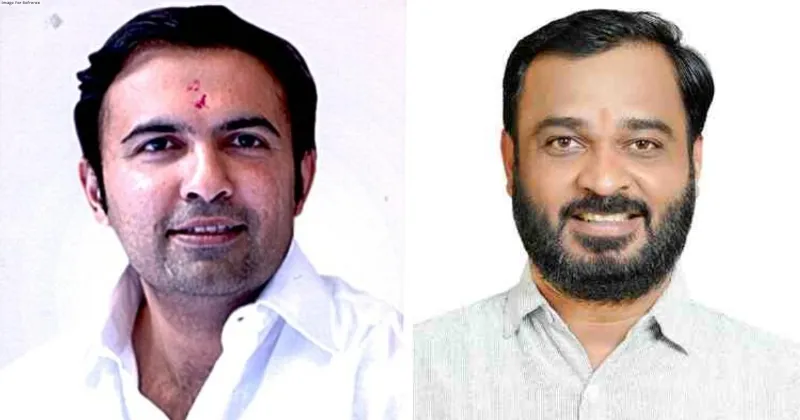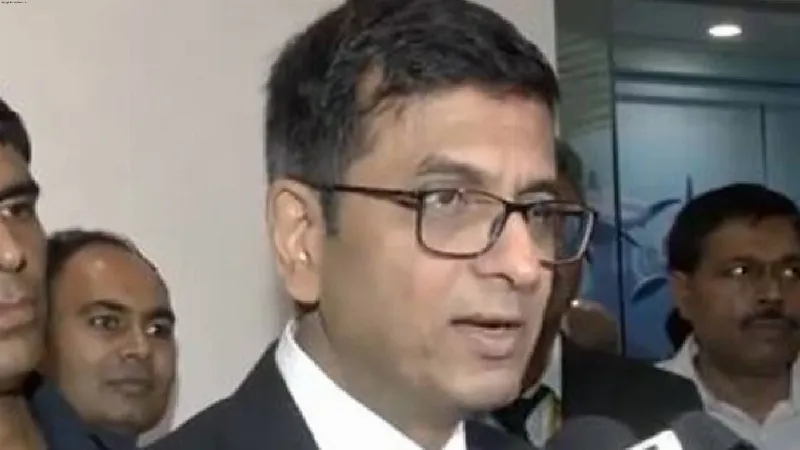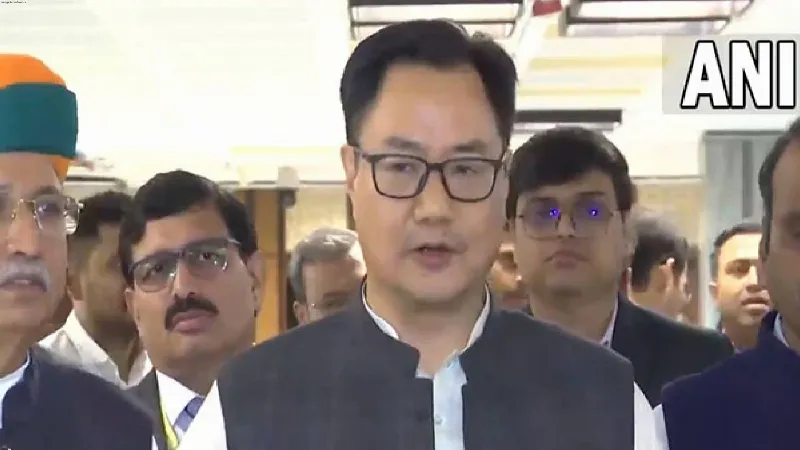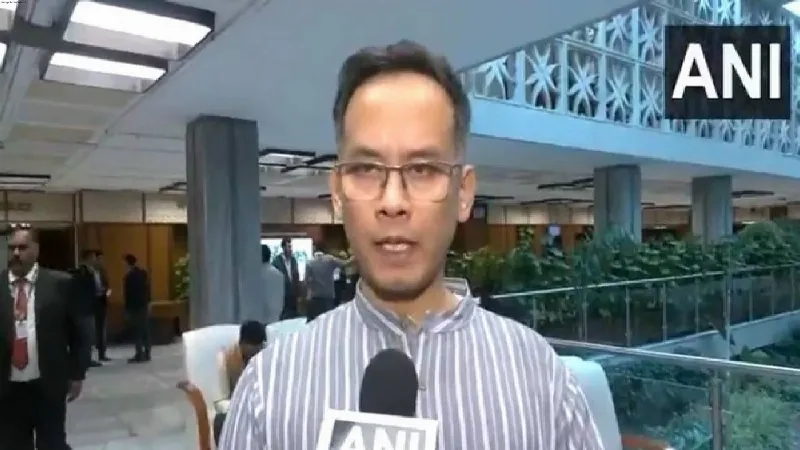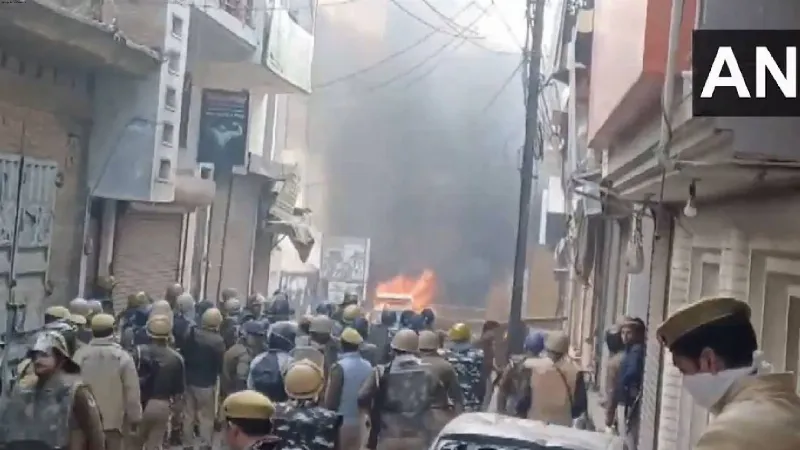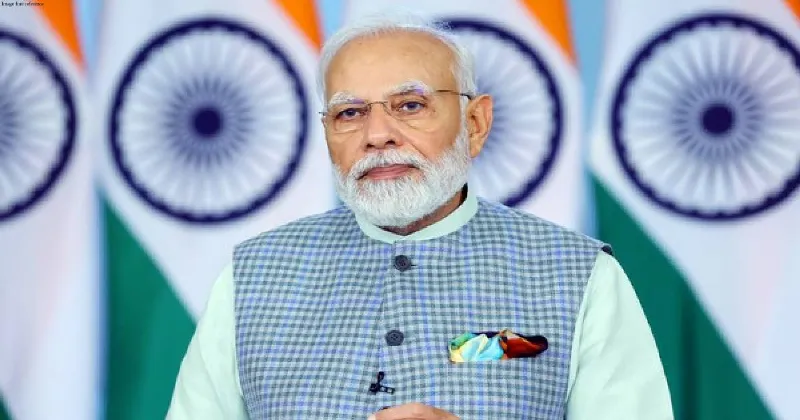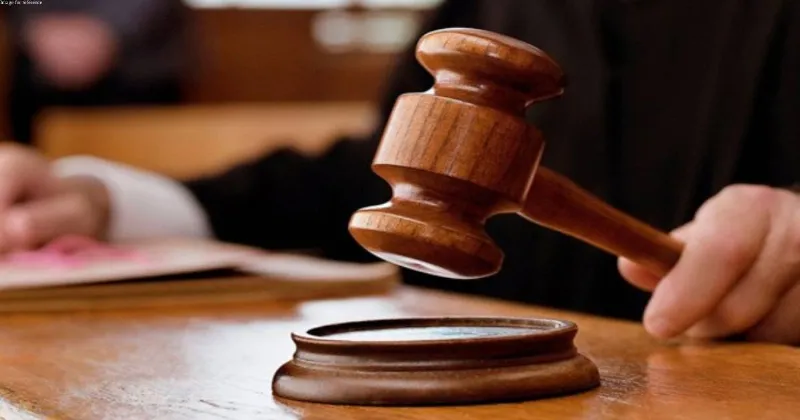Latest News
Modi’s popular face & Shah’s strategy, including reverse polarisation, dramatically won Haryana polls at the last moment for BJP: Dr Chandra
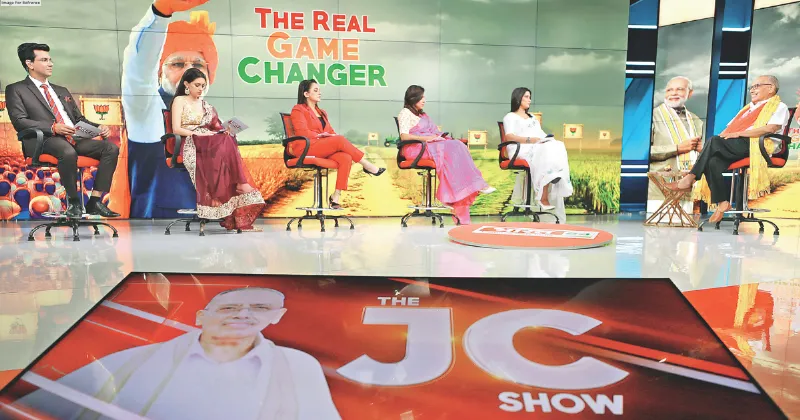
Stressing that just a fortnight away from the polls the BJP learned that its road ahead to victory was not assured, Dr Jagdeesh Chandra reveals that it was at this moment that the BJP’s masterful tacticians—Narendra Modi and Amit Shah— took charge of the party’s fortunes and turned the tide upside down on the Congress. He also stresses that in a remarkable display of political strategy and teamwork, key figures within the BJP, including Dharmendra Pradhan, Gajendra Singh Shekhawat, and others, played pivotal roles in securing a historic victory in the Haryana elections. Through meticulous planning and grassroots engagement, these leaders not only navigated internal party dynamics but also effectively rallied support across communities, showcasing the party’s strength and adaptability in a competitive landscape. This election serves as a testament to the power of strategic collaboration in shaping political outcomes. Excerpts: (Part I)
- Today’s JC Show’s headline is “The Real Game Changer.” What does it mean?
Dr Jagdeesh Chandra: It simply means ‘Modi Hai To Mumkin Hai’. Brand Modi is still strong and powerful. In a stunning turnaround, Prime Minister Narendra Modi has demonstrated his enduring influence within the BJP by leading the party to a significant victory in Haryana, where the government has been reelected for the first time for a third term. This achievement comes after initial concerns that the state could slip from BJP’s grasp. Just two weeks before the elections, feedback indicated that Haryana was becoming a tough battleground, with fears that the party might lose its hold. In response, Modi took decisive action, empowering Amit Shah and employing a strategy of reverse polarization to consolidate votes, particularly among poorer communities and OBCs, creating a sense of urgency among these groups. The election narrative shifted to a “Jaat versus All” dynamic, which rallied various communities in support of the BJP. This strategic victory not only secured a repeat of the government with a notable assembly of 50 MLAs but also effectively overturned a prevailing negative perception surrounding the party. Supporters at the BJP headquarters are now brimming with optimism, with discussions already approaching the 2029 elections. Modi’s ability to revitalize the party and turn a demoralized campaign into a triumphant one has reinforced his reputation as a “real game changer” in Indian politics.
- It was a different scene at 9 in the morning but what happened by 11 that led everything to be turned upside down and how quickly did the pictures on the TV screen change, similar to a T-20 match?
In a tense electoral climate, Haryana’s Chief Minister Saini seemed ready to concede defeat, with a statement prepared to accept responsibility. Congress offices began celebrating, distributing sweets and playing drums in anticipation of victory. However, the vote count took a dramatic turn, shifting the outcome unexpectedly. The unfolding events left everyone on edge, with surprising developments altering the anticipated result. What started as a clear loss evolved into an unpredictable political drama, showcasing the volatility of elections.
- Do you think that even Narendra Modi and Amit Shah believed in such a miracle?
Yes, there was a sense of apprehension that we might face defeat. The feedback that the leadership received indicated a challenging situation, which is why they took charge at the last moment. Agencies, residents, and key leaders like Dharmendra Pradhan were expressing similar concerns. They sensed the uncertainty, and I can say there was some worry among them as well. Despite the doubts, their intention and commitment remained strong. Prime Minister Narendra Modi and Amit Shah had robust willpower to ensure they would win the elections. They decided to change the strategy at the last minute, which ultimately led to BJP’s victory. This adaptability was crucial in securing the position in Haryana.
- Haryana polls send a message that Narendra Modi and Amit Shah can make the lotus bloom wherever they want. Do you agree? Also, some people say the BJP was contesting not for 90 seats but for 130. What does this mean?
Yes, they can indeed make it bloom anywhere. Elections were held in Rajasthan, Madhya Pradesh, and Chhattisgarh, where local leadership had no contribution, and yet a government was formed in one fell swoop. The reason is that Narendra Modi is a popular face and Amit Shah has an exceptional strategy. It’s an amazing combination; I can say they can make the lotus bloom wherever they want. They have demonstrated this in Haryana. Secondly, this is part of their strategy. Officially, they were contesting 89 seats, having left one seat for Kanda. Amit Shah meticulously calculates the numbers for each seat, a calculation that the Congress lacks. The commitment and the ability to work until 3 AM simply do not exist in Congress. They had developed thirty different plans to stand against independents and the JJP. This entire strategic chain ensures that if things go up or down, 10 to 15 independents could join in. Similar to the Ashok Gehlot model in Rajasthan, they could either support from outside or inside the government. So, in reality, they might have been contesting on around 130 to 135 seats.
- Is it true that the Haryana elections were fought not in the field but on Amit Shah’s chessboard? What were the reasons behind the BJP’s unexpected victory?
See, initially, Khattar was in the spotlight, but he later became somewhat sidelined. The chessboard was laid out at Amit Shah’s home, which is why it’s said that “Amit Shah is the Man of the Match.” The entire election operation was under his control, and that’s why he is regarded as the hero of the Haryana election results. The biggest reason for this victory was Amit Shah’s entry at the 11th hour. His strategy and micro-management were crucial. He successfully created a sense of fear among other communities, focusing on every detail. Throughout Haryana, he effectively communicated that this election was a “Jat vs. Non-Jat” contest. Along with the Jats, wrestlers also joined the cause, sending a strong message to the voters that they were powerful. This created a sense of fear and polarization among other communities. Amit Shah was successful in marking each seat and attempting to divide the vote. The entire election strategy was based on vote division. He handled the internal conflicts within Congress, particularly the Sailja factor, quite well. Political observer Vivek noted that the biggest reason for the victory was a united BJP versus a divided Congress. All these factors contributed to the unprecedented victory of the BJP in Haryana.
- Everyone is crediting the victory to major leaders like Narendra Modi, Amit Shah, and Dharmendra Pradhan. Where does Nayab Saini stand in this line?
Nayab Saini is a humble person who stands with folded hands before everyone. He met PM Modi and received his blessings who wished him well, stating that Haryana should play a role in a developed India. He is fortunate; just this morning at 8:30 (on the day of the poll result), he was contemplating packing his bags from the Chief Minister’s residence. Yet, look what happened—he became CM again. (His name has not been officially announced yet.) He is a silent performer and a wise individual.
- Did the experiment of changing Chief Minister a few months before polls prove successful in Haryana, similar to Gujarat?
Under Modi and Shah, the BJP has adopted a new strategy of replacing Chief Ministers to secure electoral victories. In Gujarat, Vijay Rupani was replaced by Bhupendra Patel, resulting in a landslide win of 156 out of 182 seats. In Uttarakhand, Pushkar Singh Dhami took over from Tirath Singh Rawat and led the party to win 47 out of 70 seats. Dhami’s work, including pushing the UCC, has been praised. This trend signals that Chief Ministers in upcoming elections may also face last-minute changes to ensure success.
- Who will be in charge of forming the cabinet? Will there be a Deputy Chief Minister position in Haryana?
From my understanding, Amit Shah will take charge of the process, with consultations involving Khattar, who will provide a list to the PM. Shah will play a central role in discussions, but the final decision will be made by the high command with consensus. BJP’s unity ensures no dissent. Regarding a Deputy Chief Minister in Haryana, while the need is low, strategists, including Shah, will decide. A Deputy CM position isn’t ruled out.
- What was the role of Dharmendra Pradhan, Bhajan Lal Sharma, Gajendra Singh Shekhawat, Arjun Ram Meghwal, and Satish Poonia in the Haryana elections?
Dharmendra Pradhan has been a key BJP strategist, with a knack for securing victories wherever he’s sent, backed by the PM and Amit Shah. He played a crucial role in Odisha and Haryana, focusing on OBCs and Dalits in southern Haryana, meeting small groups village by village. Despite internal opposition to Khattar, Pradhan assured support and conveyed that Saini would be Chief Minister. His grassroots efforts are now paying off. Gajendra Singh Shekhawat focused on six seats, winning five, and campaigned in Jammu. He spent 15 days in Haryana, securing significant victories. Shekhawat has now emerged as a prominent political figure in both Delhi and Jaipur. Satish Poonia was appointed after showing great commitment. I met Nimbaram, the RSS incharge from Rajasthan, and another leader, Ghanshyam Tiwari, at the airport. Nimbaram Ji mentioned that Poonia was committed and remained in Haryana the whole time, not returning to Jaipur even after undergoing kidney stone surgery. His role was significant as well. Arjun Meghwal was key in six campaigns, winning five, and also campaigned in Jammu. Around 20-25 people contributed, given Haryana’s proximity to Rajasthan.Rajasthan CM Bhajan Lal Sharma is an enthusiastic person who is always on the move. A successful CM, like Yogi, doesn’t shy away from travelling. For some, distances are only a psychological barrier; others may hesitate to travel. Yogi is out of his office 25 days a month. Bhajan Lal Sharma is similar; he stays connected with the public, and his role is commendable as well.
TO BE CONTINUED…
During the show #JConTheRealGameChanger trended top All-India on X

